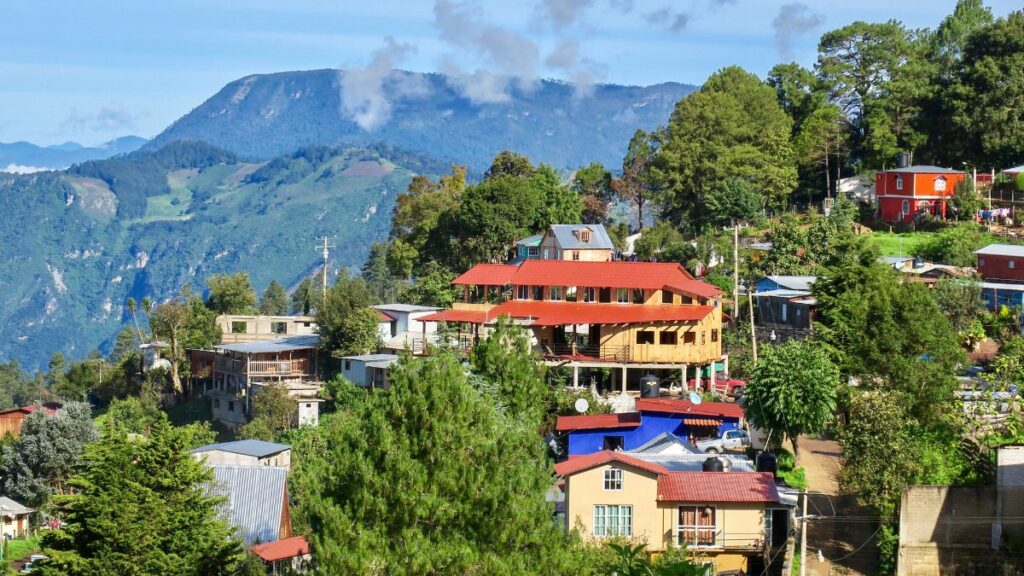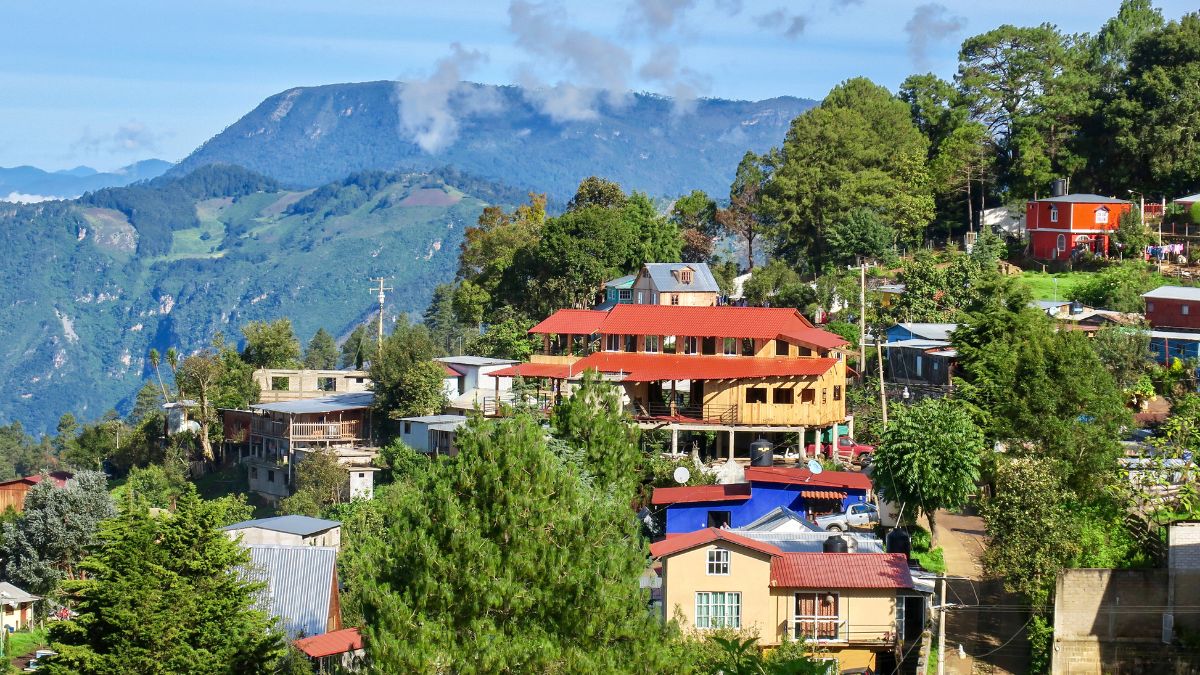No, it rarely snows in San Jose. The city has a Mediterranean climate with mild winters, and snowfall is a rare occurrence. San Jose, located in Northern California, experiences a Mediterranean climate. Here the average temperature in winter ranges from the high 40s to the low 60s Fahrenheit. While the city does receive rainfall during the winter months, snowfall is a rare event.
Several factors contribute to the infrequency of snow in San Jose. Firstly, the city’s proximity to the Pacific Ocean plays a significant role. The ocean’s influence creates a maritime climate, which helps moderate temperatures throughout the year.

San Jose is the largest city in Northern California. With warm summers and mild winters, it attracts people worldwide. However, when it comes to snow, San Jose may not be the first place that comes to mind.
Let’s get detailed information on “Does it snow in San Jose?” by examining the city’s climate patterns, historical snowfall records, and the factors contributing to snowfall in the region.
Climate and Geography of San Jose
San Jose experiences dry, warm summers and mild, wet winters. This climate type is typically found in coastal areas with a strong influence from nearby bodies of water. The Pacific Ocean significantly shapes San Jose’s climate, keeping temperatures moderate throughout the year.
On the other hand, the geography of San Jose plays an important role in keeping the temperatures regulated throughout the year. The proximity to the Pacific Ocean, protective mountain ranges, low elevation, and the rain shadow effect all contribute to the rarity of snowfall in the region.
The moderating influence of the ocean, combined with the shielding effect of the mountains, prevents temperatures from dropping low enough to support snow formation. The city’s low elevation further reduces the chances of snow, and the rain shadow effect limits moisture availability for snowfall. These geographical factors collectively make snowfall infrequent in San Jose.
Winter Weather in San Jose
Winter in San Jose is relatively mild compared to other regions prone to heavy snowfall. The city’s average winter temperatures range from the high 40s to the low 60s Fahrenheit. While San Jose receives rainfall during the winter months, snowfall is rare due to the city’s geographical location and climate patterns.
Historical Snowfall in San Jose
San Jose has a limited history of snowfall. Over the past century, the city has only witnessed snow on a few occasions. One of the most significant snowfalls occurred in February 1976 when a rare weather event brought approximately 3 inches of snow to San Jose and surrounding areas.
This particular event involving snowfall is known as the “Great Snowstorm of 1976.” It is considered a remarkable and memorable event for residents.
Factors Influencing Snowfall in San Jose
We need to consider several factors to understand why snowfall is rare in San Jose.
Firstly, the city’s proximity to the Pacific Ocean contributes to a maritime climate, characterized by stable temperatures and limited temperature extremes. The ocean’s moderating effect prevents the necessary conditions for snow formation.
Secondly, San Jose’s location in the Santa Clara Valley provides a natural barrier against cold air masses that typically bring snowfall. The mountains act as a shield, preventing these air masses from reaching the city and keeping temperatures relatively mild.
Lastly, the city’s low elevation further reduces the chances of snow. San Jose sits at an elevation of approximately 82 feet above sea level, which means that colder air masses would need to reach significantly lower temperatures to produce snowfall at this altitude.
Nearby Snowfall Destinations
Although San Jose itself rarely sees snow, there are several nearby destinations where snowfall is more common. For those seeking a snowy experience, the Sierra Nevada Mountains are within driving distance from San Jose.
Places like Lake Tahoe, Yosemite National Park, and other high-elevation areas in the region regularly receive significant snowfall during the winter months, making them popular destinations for winter sports and snow-related activities.
Winter Activities in San Jose
While snowfall may be scarce in San Jose, the city still offers a variety of enjoyable winter activities. Many residents and visitors enjoy the mild climate to explore the numerous parks, trails, and outdoor recreational areas in and around San Jose. These activities include hiking, biking, picnicking, and enjoying the city’s natural beauty throughout the year.
Overview
San Jose’s Mediterranean climate and geographical location make snowfall a rare occurrence in the city. While San Jose has experienced a few notable snowfalls in the past, they are infrequent events.
However, this should not discourage residents and visitors from enjoying the many winter activities available in and around San Jose. Whether it’s exploring nearby snowy destinations or making the most of the city’s mild climate, there are plenty of ways to embrace the winter season in this vibrant Northern California city.
Frequently Asked Questions
Q: Is San Jose colder than San Francisco?
As compared to San Jose, San Francisco have notably colder winters and summers. The geographical differences are the primary reason for the difference of both cities.
Q: What is San Jose’s coldest month?
January is considered the coldest month in San Jose. While in summer, September is the hottest month with an average temperature of 64°Fahrenheit. The coldest days in January may drop to 49°Fahrenheit.
However, the city experiences almost 14 hours of sunshine in summer, specifically in July. The wettest month is February, with an average of 92.2mm of rain.
Q: Does San Jose have all 4 seasons?
San Jose experiences sunny, long, warm, arid, and mostly clear summers, and the winters are short, cold, wet, and partly cloudy. Over the year, the temperature typically varies from 43°Fahrenheit to 82°Fahrenheit.
